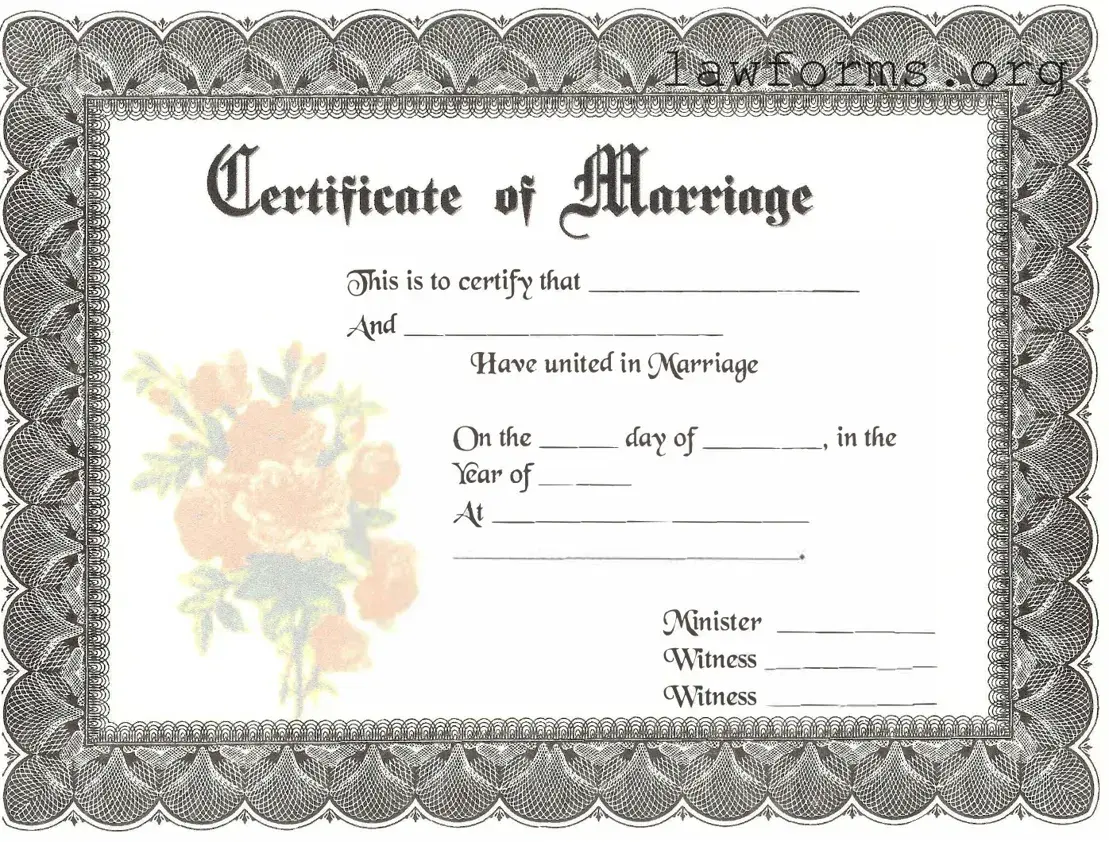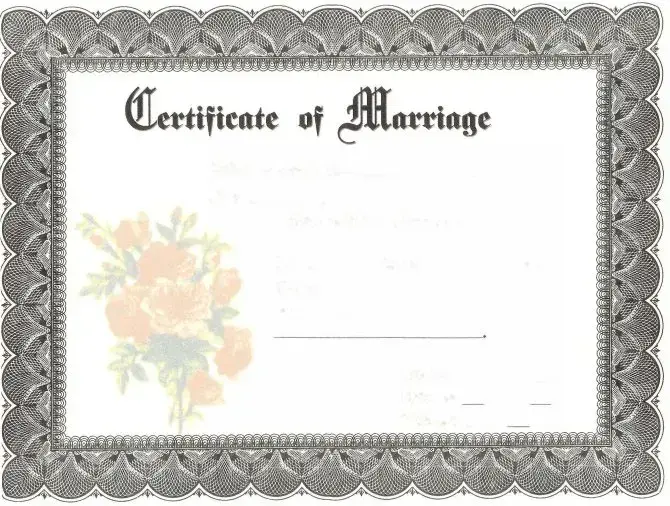Fill Out a Valid Marriage Certificate Template
A Marriage Certificate form is an official document that validates the union between two individuals. This form serves as a legal record of the marriage, providing essential details such as the names of the parties involved, the date of the ceremony, and the officiant’s information. To begin the process of obtaining your Marriage Certificate, click the button below to fill out the necessary form.
Customize Document Online

